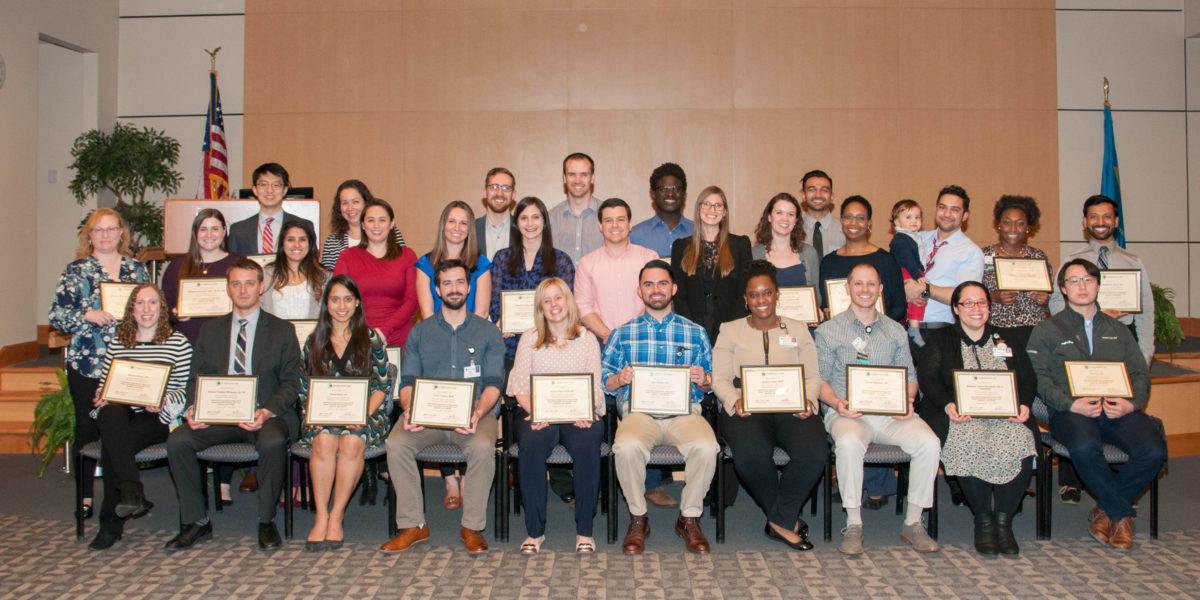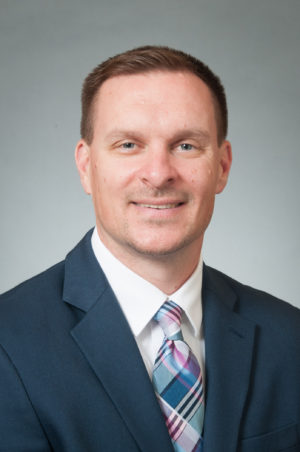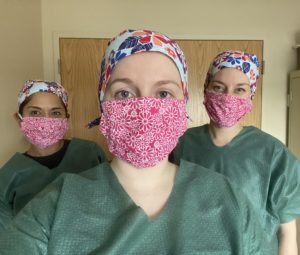Achieving Competency Today (ACT): Issues in Health Care Quality, Cost, Systems, and Safety, held its winter graduation April 4 at the John H. Ammon Medical Education Center.
ACT — one of Christiana Care’s improvement science courses sponsored by the Institute for Learning, Leadership and Development (iLead) — is targeted to resident physicians, nurses and other health professionals and staff.
Participating in the course for the first time were members of the nurse practitioner residency program and psychology interns.
Lisa Maxwell, M.D., MHCDS, associate chief learning officer and designated institutional official (DIO) for the residency programs, congratulated the interprofessional ACT teams for exemplifying Christiana Care’s core value of serving together through their systematic, interprofessional team approach to problem solving.
“Frontline care team members and staff are key to identifying and creating novel solutions to the issues which impact our ability to effectively and efficiently meet the needs of our patients and community,” Dr. Maxwell said. “Those of you who are participating in this course are learning valuable skills that those of us who have been in practice for a while have needed to return to school or continuing education programs to obtain.”
She praised the course participants for their efforts to achieve the Quadruple Aim: Better care for individuals, better health for populations, lower per capita costs, and enhanced provider well-being.
“The knowledge and skills you have developed in this course will serve you well in your careers and in ways that you may not yet fully appreciate. As one of our guest speakers at our recent Provider Wellness session noted, improvement capability and enhanced clinician wellbeing begins by noticing ‘the pebble in your shoe’, and fixing that before it creates bigger issues that cause harm. That is what you are doing in this course.”
Four ACT teams presented projects.
Needlestick Exposure: Getting to the Point
This team sought to increase knowledge of the necessary actions following a needlestick exposure for PGY-1 residents by 25 percent over a two-week period. The team worked with key stakeholders in the system including Infection Prevention and Employee Health Services to align their efforts with those already under way, and tested visual reminders of individual reference cards and posters coupled with in-person and Facetime education about the preferred steps to take should a needlestick occur. For residents completing a pre- and post-intervention survey, percentage of responses indicating a preferred step post-exposure went from 41 percent to 88 percent. Recommendations for path forward included presenting what to do post-needlestick injury in the instructor-led sessions at new resident orientation.
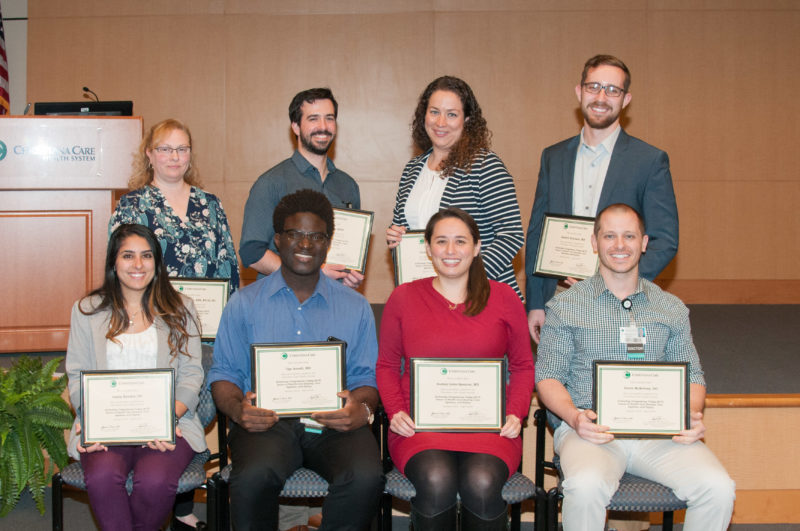
Help, I Need Somebody … Not Just Anybody
This opportunity was to improve the satisfaction of 5A medical unit nurses with their ability to identify and contact the appropriate Internal Medicine teaching primary team at Christiana Hospital by 25 percent within two weeks. The current-state analysis revealed that the existing process to place the teaching team color in the admission orders occurred unreliably, and even when it was present, the color alone did not easily identify the correct teaching team as listed in the Vocera system. This team developed a macro with Vocera-specific language that narrowed the list of teaching team options that appear in Vocera from 34 when only the team color was entered to one correct option when the Vocera specific macro was used. A post-intervention survey revealed that almost 80 percent of the nurses had seen the newly formatted order, and of those, 100 percent agreed that it made it much easier to identify the correct teaching team member to contact.
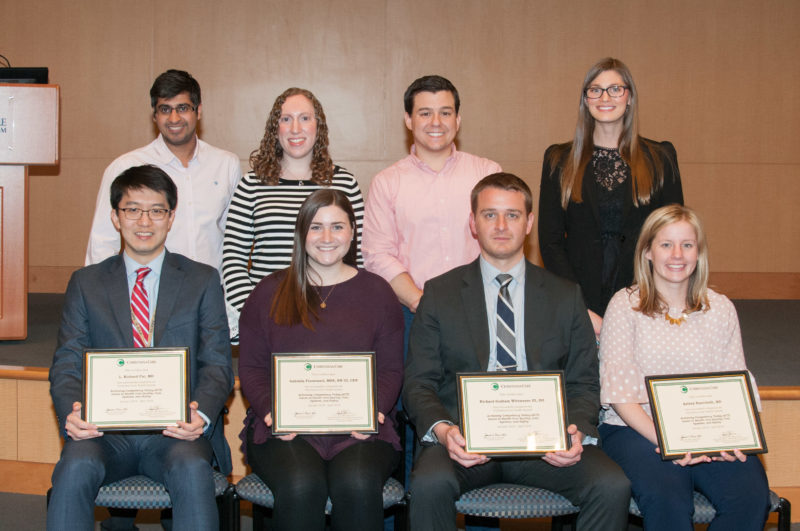
Improving Call Experience Using Kumquat
This team’s project focused on reducing the percentage of escalated calls at the Medical Group Call Center by 50 percent over six months in order to increase patient satisfaction. This team, working with stakeholders in the call center and primary care sites, and using an iterative design process, developed a tool to monitor and give feedback to call center patient service representatives. During the intervention cycle, 65 calls were monitored with only one call escalated. Quality measures in the tool include percentage of calls monitored, number of escalated calls, and patient service representative ratings to help improve the overall call experience when calling the call center to schedule a routine or same day appointment, request prescription refills or speak to a nurse.
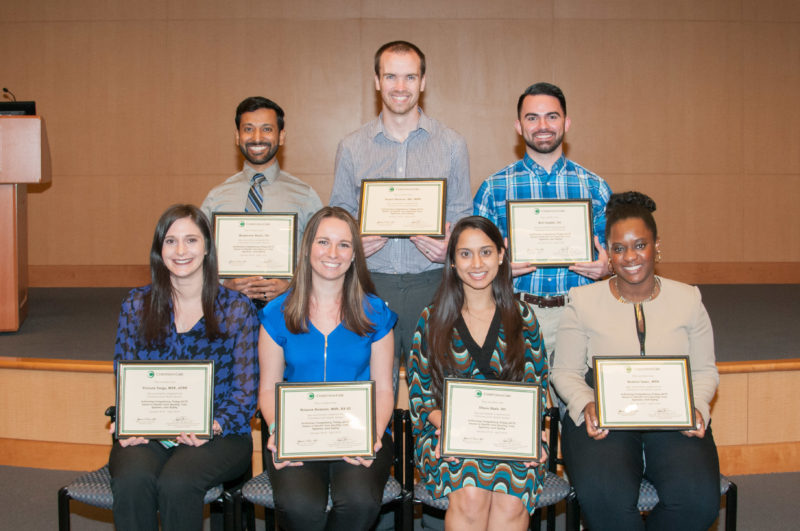
Do You Really Need that EKG Stat?
This project was designed to increase the rate of stat EKGs completed within 15 minutes at Christiana Hospital. The team piloted the use of “timed” orders for urgent EKGs that are not needed immediately and provided specific time expectations for stat and routine orders. This, in turn, would help EKG techs better prioritize which units/patients to respond to first. Stat EKGs on the two pilot units went from 43 percent completed within 15 minutes to 59 percent for a 39 percent overall improvement, which exceeded the team’s goal.
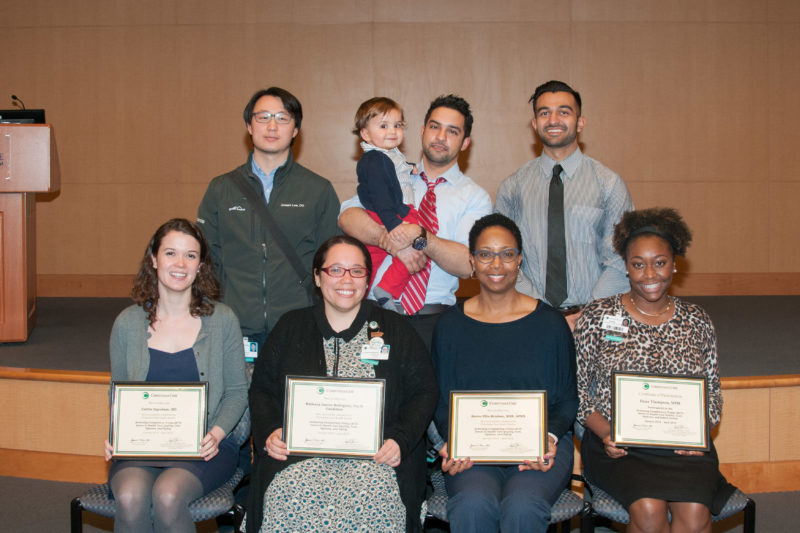
The ACT course is held twice yearly from September-December and January-April. For more information, contact Education Coordinator Theresa Fields tfields@christianacare.org or course director Carol Kerrigan Moore at camoore@christianacare.org.
